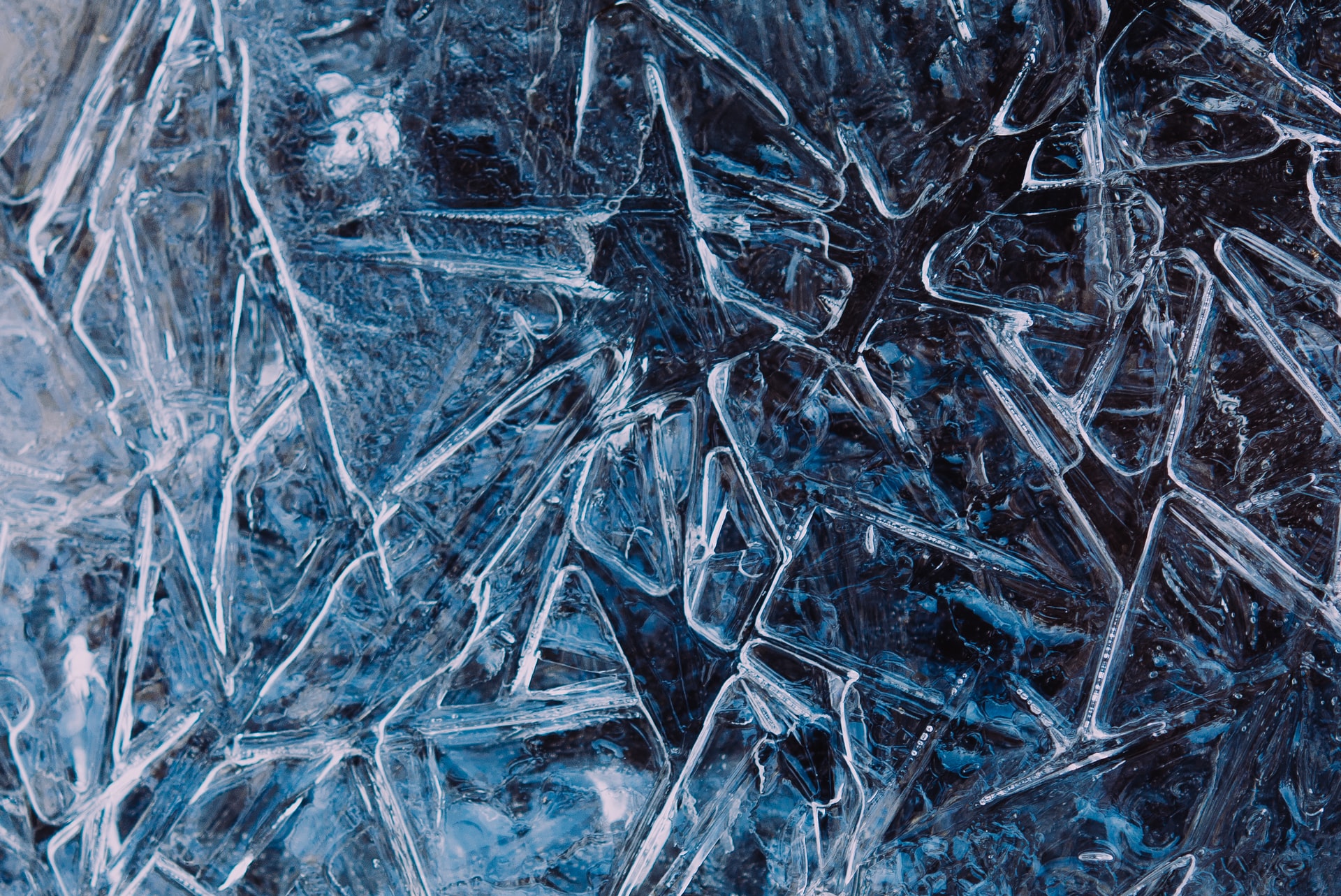How to Get the Best Ice Melt for Your Property
Winter months are approaching rapidly; alongside snow and ice. To the average person, winter presents an avenue for fun, but to the roof—a heightened risk of damage due to pressure.
As snowflakes drop rapidly downwards, your roof is at higher risk of caving in due to the compounded snow and ice on it. Clogged gutters, broken shingles, and entrapped decking moisture are some of the damages snow can cause. Hence, there’s a need to de-ice the snow using an ice melt.
The market contains thousands of melting products promising various benefits. Because of the numerous numbers of ice melt products in the market, the buyer might experience some confusion when selecting the perfect ice melt. This blog post will explain, in detail, how to choose the right ice melt for your roof.
Choosing the right ice melt for your roof
Before paying for an ice melt product, several conditions or factors need to be considered;
The formulation of the product
Most ice melt products come in two types of formulation—liquid and solid; these formulations determine their form of action.
Liquid ice melt contains chemicals usually a combination of selected salts, compounds, and water. It is applied before the buildup of snow, some liquid ice melt can be applied afterward. Most liquid ice melts contain ethylene or propylene glycol or anything that can lower the freezing temperature of the water.
When applied beforehand, brine (salts and water) ice melts dries up leaving behind a coating of dry salt.
Once snowfall begins, the dry salt immediately reacts upon contact and prevents the sticking or bonding of ice to the roof.
Liquid ice melt is usually more effective, environmentally friendly, and easier to scrap than solid melt.
Solid ice melt work by absorbing liquid or moisture from the air and surrounding snow buildup. It forms pellets which are then permeated to help soften the snow buildup and prevent bonding to the ground.
Unlike liquid ice melts that work effectively before the snow falls, solid works before, during, and even after snowfalls.
The type of materials your roof surface is made of
Although there are hundreds of roofing materials, the major five are asphalt, metal, clay, slate, and wood. These materials react, either positively or negatively, when they come in contact with different chemicals.
To avoid a negative reaction, ensure the chosen ice melt does not contain a list of chemicals that can cause potential damage to your roofing structure.
Chemicals like magnesium chloride can degrade asphalt roofs and shingles, calcium chloride can cause overall damage to metal roofs, and some animal fats and oil can damage slate roofs.
Know the temperature rating of the product
Ice melt or de-icers are either endothermic or exothermic. It’s either they release the heat towards the environment melting the ice surrounding them or drawing in heat towards themselves to melt the surrounding ice.
Although the average working temperature of ice melt is between 15-20 degrees Fahrenheit, there is still a need to note the temperature rating of the product before application.
Know the chemical composition of the product
An average ice melt contains several components that are usually listed behind its container. Some of these products may be dangerous to humans, hence human contact is not encouraged.
It’s best to read through the package and analyze which product may constitute harm to your roof, you, your pet, and others.
The products longevity
Different ice melt has different periods of longevity. Some products take time to work or activate and melt more ice over a long time while others work almost immediately but, need periodical application.
Depending on your choice, it’s best to pick the product with a higher longevity period to save time, the energy of reapplication, and money.
The products human and environmental friendly rating
Some products claim to be human and environmentally friendly but, do not provide that kind of protection. Ensure the ratings, references, and constituents are environment and human-friendly.
How to apply Ice melt on your roof
The mode of applying a liquid ice melt on your roof is different from the way you will apply the solid ice melt on the same roof.
Liquid ice melt
Applying liquid ice melt is fairly easy. Start by filling a tank with the liquid ice melt and directing the nozzle to the roof, ensure the roof has enough product to make the ice melt.
Before applying, protect yourself with a water-proof overall, cover all vital body organs to prevent contact with the chemicals.
Solid ice melt
Applying solid ice melt poses more difficulty than liquid ice melt, but there are a few tricks to get it successful.
Some homeowners pour the solid ice melt directly onto the rooftop; this method of application is not recommended as it can cause potential damage to the shingles.
A safer way to do it is to stuff and fill socks with solid ice melts and place them strategically on the rooftops. Stick the stuffed socks in the gutters and areas with heavy snow landings will help.
Ice Melts Can Genuinely Help
As winter approaches, it’s best to stock up or invest in ice melts and apply them before the first snowfall to prevent snow bonding with the rooftops.

